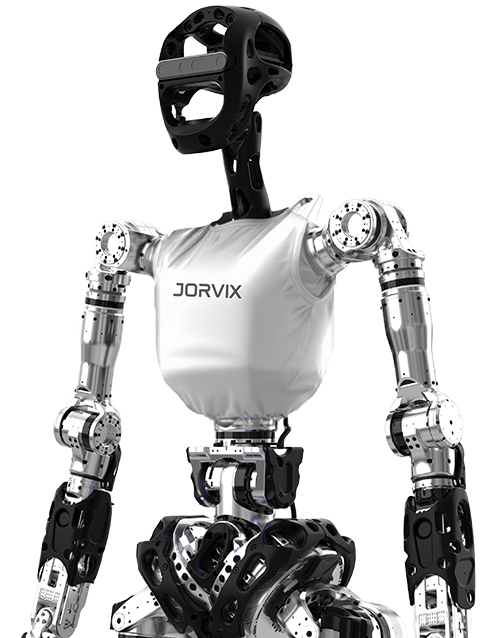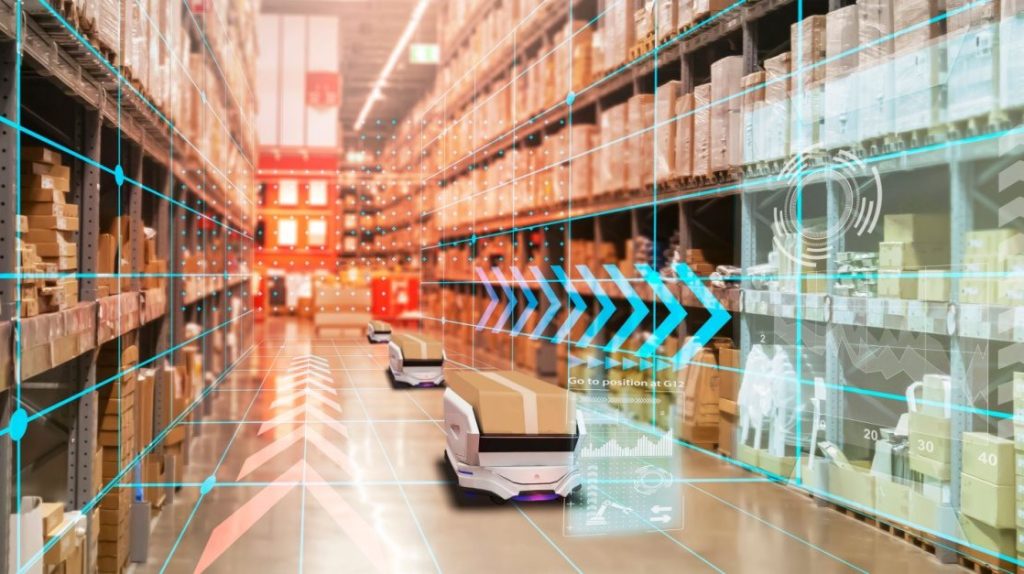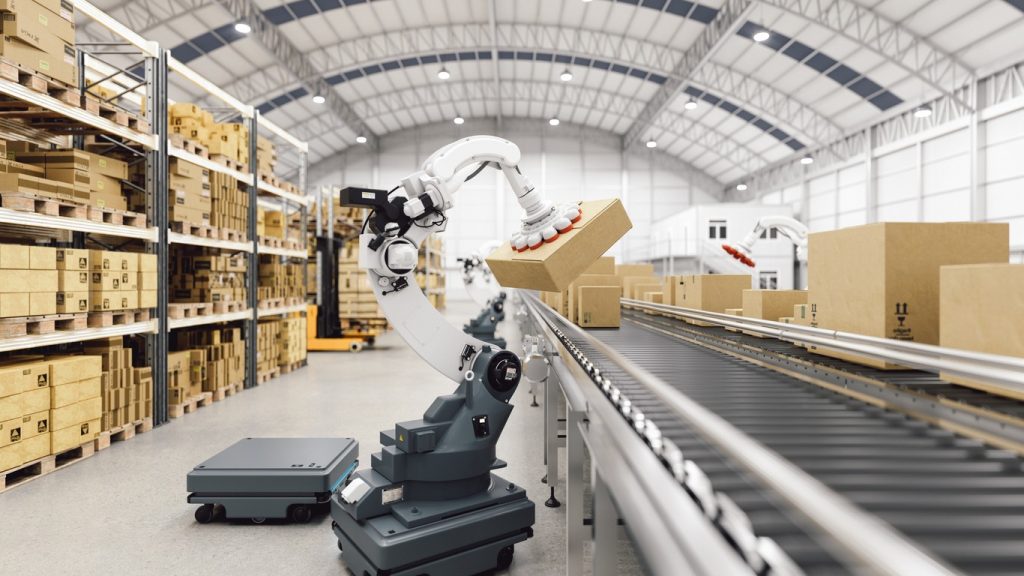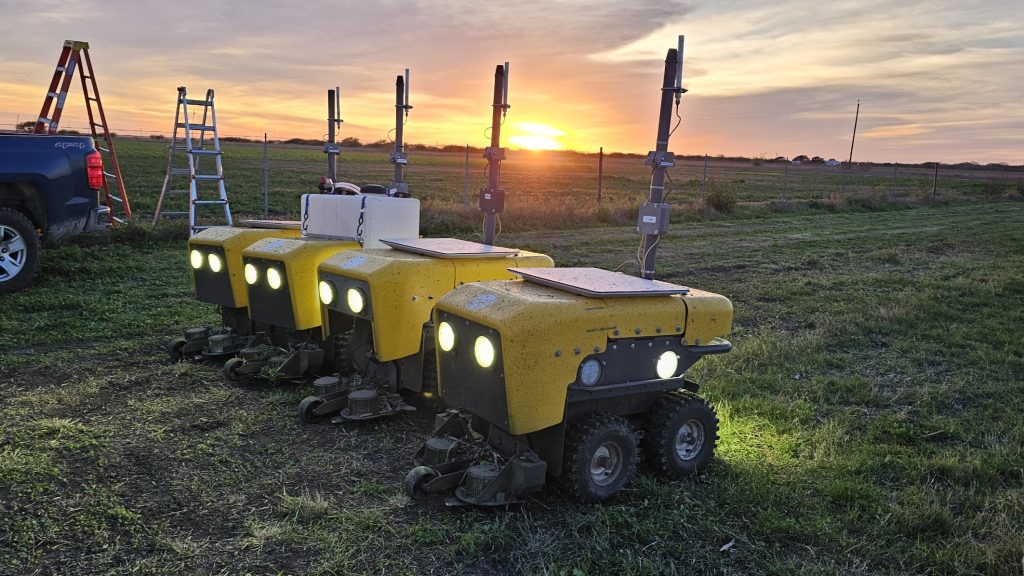Through a Robots-as-a-Service (RaaS) model, short-term rentals can be deployed to handle seasonal peaks or sudden spikes in demand, keeping operations running smoothly without long-term overhead.
Commercial & Retail

Why General-Purpose Automation Matters
Many large retailers invest in fixed automation for their owned facilities. While efficient, fixed systems lack the flexibility required to adapt to seasonal peaks, shifting consumer behavior, or sudden disruptions like global supply chain shocks.
When fixed automation sits idle, it cannot easily pivot to new tasks—delaying return on investment and reducing resilience. What’s needed is a new generation of flexible, general-purpose automation.
Humanoid robots offer exactly that: the ability to handle a wide variety of retail and commercial tasks, from warehouse operations to in-store support. By adapting in real time to changing needs, they help retailers minimize risk, scale operations, and deliver consistent customer satisfaction in an unpredictable market.
Humanoid Robots Deliver True General-Purpose Automation
Unlike traditional automation built for narrow, single-purpose tasks, humanoid robots stand out for their versatility. They are capable of performing thousands of tasks and can seamlessly switch between roles as operational needs change.
Designed to work alongside people, humanoid robots take on the demanding and repetitive jobs humans prefer to avoid—such as heavy lifting, unloading, case picking, and downstacking—while ensuring consistency, efficiency, and safety.

Where Humanoid Robots Add Value

Adapting to Demand Surges

Multi-Tenant Facilities
In shared distribution centres, multiple companies can pool resources and split the cost of deploying humanoid robots—making automation more affordable and accessible.

Brownfield & Greenfield Flexibility
Humanoid robots integrate seamlessly into both existing facilities and new developments, improving productivity without requiring major capital investments or infrastructure changes.
